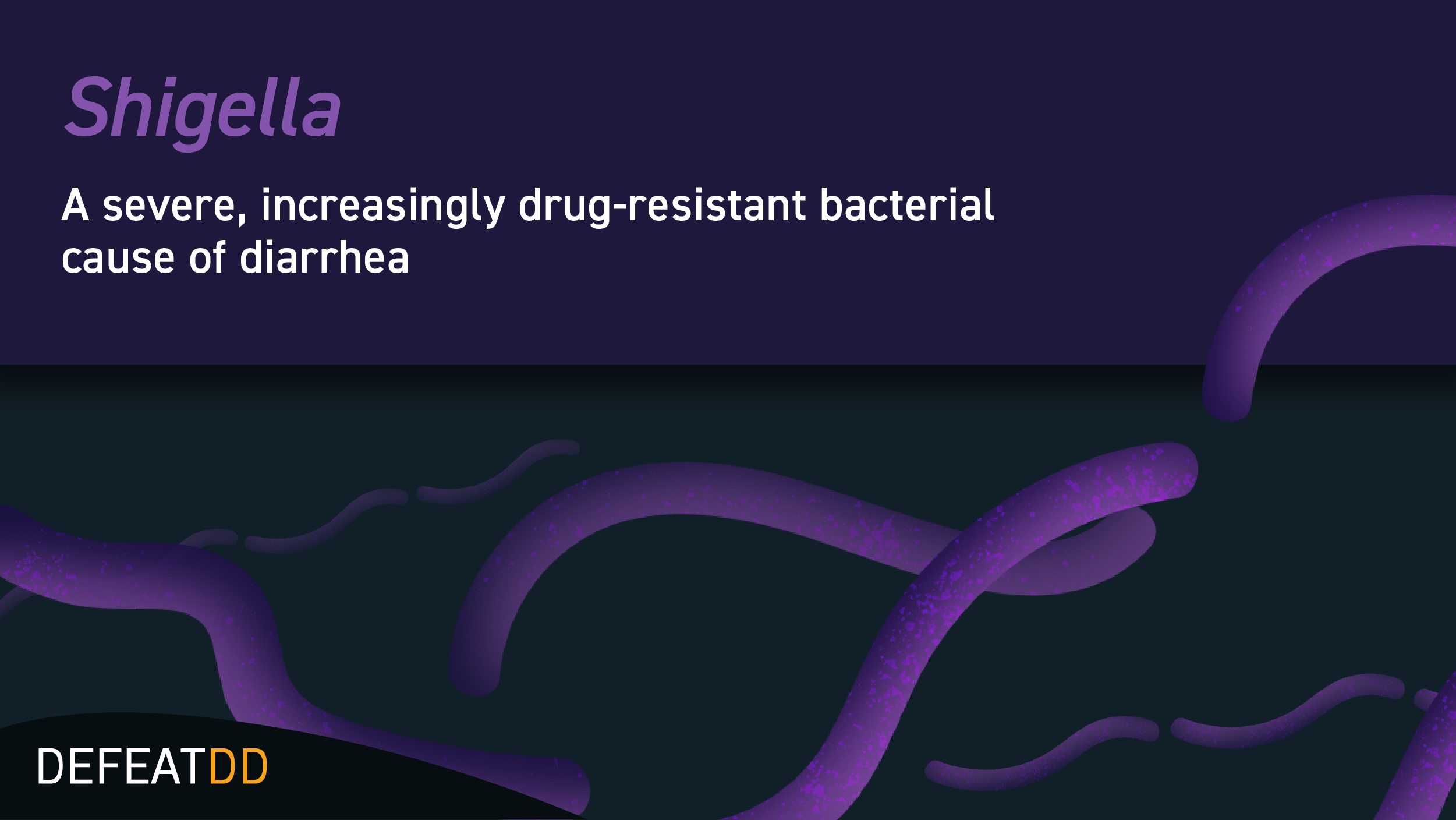
Upstream Strategies for Antimicrobial Resistance

A health worker in Nepal prepares a typhoid vaccine. Photo: PATH.
When there is danger downstream, it helps to have a strategy—and the right equipment—before you find yourself in rough waters. In the shifting currents of global health, prevention is a critical strategy against the risks of infection and disease. And vaccines, nutrition, and clean water are essential tools to protect children from the pathogens that threaten safe passage.
Typhoid fever, for example, is an enteric infection that spreads through contaminated food and water. It remains a common and sometimes deadly threat in many countries. The dangers of typhoid extend beyond an initial infection, too. Antibiotics are an important treatment strategy, but inappropriate and overuse of these medicines has prompted some strains to adapt. Children come to the clinic with yet another infection, but this time the antibiotics no longer work. Such resistance among typhoid and other disease-causing microbes is increasing in vulnerable communities.
That’s why fighting diarrheal disease also means raising awareness about the dangers of antimicrobial resistance. We are proud to raise our voice for World Antimicrobial Awareness Week, an annual campaign led by the World Health Organization to encourage best practices among the public, health practitioners, and policymakers for reducing the further emergence and spread of antimicrobial resistance.
With an upstream strategy of prevention, vaccines can stop bacterial infections like typhoid in their tracks, eliminating the need for antibiotic treatment by keeping children from getting sick in the first place. According to Take On Typhoid, evidence suggests that increased immunization coverage has the potential to reduce the overuse of antibiotics. This is also true of rotavirus vaccine: by preventing diarrhea, it reduces the frequency of inappropriate antibiotic use against rotavirus. Shigella vaccine candidates against are also in the works to prevent a leading cause of bacterial diarrhea and growing source of antibiotic resistance.

When we equip children early, their bodies have a stronger chance at fighting illness and disease. That not only relates to the medical interventions they receive, but the food they eat as well. Research has revealed that malnutrition increases the risk of infectious disease among children. Without nutrients, children’s young bodies cannot build powerful immune systems. And chronic enteric illness can lead to inappropriate use of antibiotics, which can intensify drug resistance.
Finally, clean water and sanitation can equip communities to halt the spread of infectious disease. The World Health Organization and its partners for WAAW credit access to safe water, sanitation and hygiene (WASH) in homes and health facilities with reducing the need for antibiotics to treat diarrhea by up to 60 percent.
Each of these interventions for child health—vaccines, nutrition, and WASH—offers powerful potential to reduce antibiotic overuse and combat microbial resistance. And when applied together through an integrated approach, upstream interventions like these forecast smooth (and clean) waters ahead.


